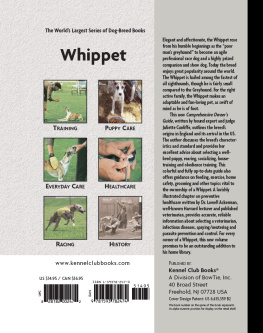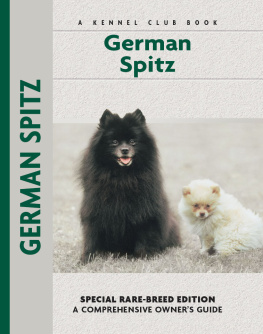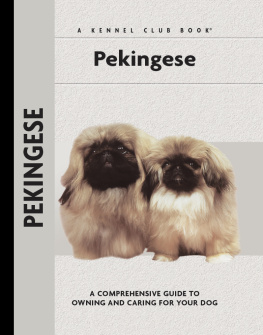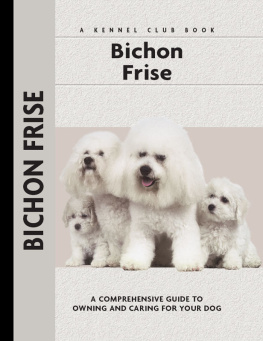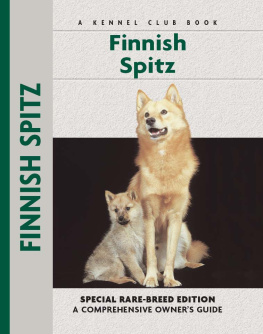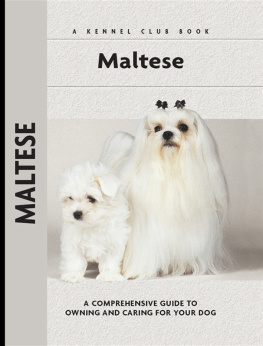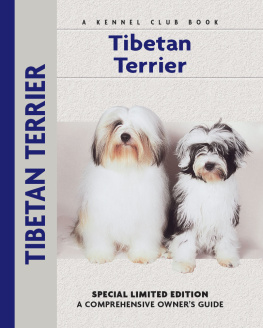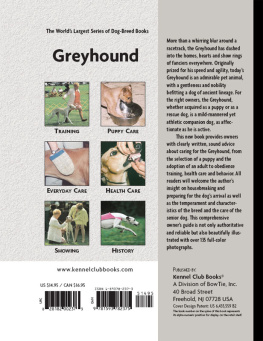Physical Characteristics of the Whippet
(from the American Kennel Club breed standard )
Skull: Long and lean, fairly wide between the ears, scarcely perceptible stop.
Eyes: Large and dark.
Nose: Entirely black.

Muzzle: Long and powerful, denoting great strength of bite, without coarseness.
Ears: Rose ears, small, fine in texture.
Neck: Long, clean and muscular, well arched with no suggestion of throatiness, widening gracefully into the top of the shoulder.
Teeth: Teeth of upper jaw should fit closely over teeth of lower jaw creating a scissors bite. Teeth should be white and strong.
Brisket: Very deep, reaching as nearly as possible to the point of the elbow.
Forequarters: Shoulder blade long, well laid back, with flat muscles, allowing for moderate space between shoulder blades at peak of withers. Forelegs straight, giving appearance of strength and substance of bone. Pasterns strong, slightly bent and flexible.
Back: Broad, firm and well muscled, having length over the loin.
Size: Ideal height for dogs, 19 to 22 inches; for bitches, 18 to 21 inches, measured at the highest point of the withers.
Tail: Long and tapering, reaching to the hipbone when drawn through between the hind legs.
Hindquarters: Long and powerful. The thighs are broad and muscular, stifles well bent; muscles are long and flat and carry well down toward the hock. The hocks are well let down and close to the ground.
Coat: Short, close, smooth and firm in texture.
Feet: Well formed with hard, thick pads. Toes should be long, close and well arched.

Contents

Catch a glimpse of the elegant Whippet s early origins and see how this poor mans Greyhound went from coursing rabbits to professional dog racing to becoming a prized companion and show dog. In stories and photographs, trace the Whippet s story as its popularity spread from England to the US, Australia and continental Europe.
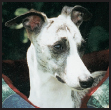
Become acquainted with the wonderful personality of the Whippet , a lovely companion dog blessed with a quiet disposition, remarkable loyalty and adaptability. See how the Whippet gets along with other pets and children and if your lifestyle is suitable for this breed. Breed-specific health concerns are also addressed.
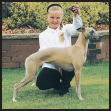
Learn the requirements of a well-bred Whippet by studying the description of the breed set forth in the American Kennel Club standard. Both show dogs and pets must possess key characteristics as outlined in the breed standard.
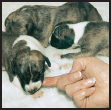
Find out about how to locate a well-bred Whippet puppy. Discover which questions to ask the breeder and what to expect when visiting the litter. Prepare for your puppy-accessory shopping spree. Also discussed are home safety, the first trip to the vet, socialization and solving basic puppy problems.
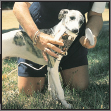
Cover the specifics of taking care of your Whippet every day: feeding for the puppy, adult and senior dog; grooming, including coat care, eyes, nails and bathing; and exercise needs for your dog. Also discussed are the essentials of dog identification.

Begin with the basics of training the puppy and adult dog. Learn the principles of house-training the Whippet , including the use of crates and basic scent instincts. Enter Puppy Kindergarten and introduce the pup to his collar and leash, and progress to the basic commands. Find out about obedience classes and other activities.
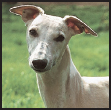
By Lowell Ackerman DVM, DACVD
Become your dogs healthcare advocate and a well-educated canine keeper. Select a skilled and able veterinarian. Discuss pet insurance, vaccinations and infectious diseases, the neuter/spay decision and a sensible, effective plan for parasite control, including fleas, ticks and worms.
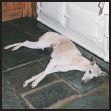
Know when to consider your Whippet a senior and what special needs he will have. Learn to recognize the signs of aging in terms of physical and behavioral traits and what your vet can do to optimize your dogs golden years.
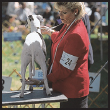
Step into the center ring and find out about the world of showing pure-bred dogs. Here are the basics of how to get started in AKC shows and whats required for your dog to become a champion. Take a leap into the realms of obedience trials, agility, tracking and sighthound events.
K ENNEL C LUB B OOKS W HIPPET
ISBN 13: 978-1-59378-247-4
eISBN 13: 978-1-59378-976-3
Copyright 2005 Kennel Club Books A Division of BowTie, Inc.
40 Broad Street, Freehold, New Jersey 07728 USA
Cover Design Patented: US 6,435,559 B2 Printed in South Korea
All rights reserved. No part of this book may be reproduced in any form, by photostat, scanner, microfilm, xerography or any other means, or incorporated into any information retrieval system, electronic or mechanical, without the written permission of the copyright owner.
10 9 8 7 6 5 4 3 2 1
Photography by Carol Ann Johnson
with additional photographs by
Big Paw Prints, Paulette Braun, T.J. Calhoun, Juliette Cunliffe, Isabelle Franois, Bill Jonas, Kent Standerford and Alice van Kempen.
Illustrations by Rene Low
and Patricia Peters.

An elegant gazehound, the Whippet has been called the poor mans greyhound, yet anyone who has known the virtues of a Whippet is rich indeed.

EARLY SIGHTHOUND ANCESTORS AND DEVELOPMENT
The Whippet is one of a number of breeds that fall into the group of dogs classified as sighthounds, often known as gazehounds. These are hounds that hunt their prey largely by sight; their bodies are lean and powerful, with deep chests and long limbs providing both stamina and speed.

